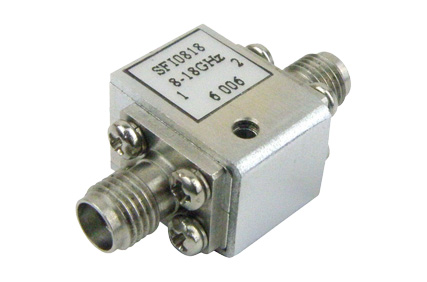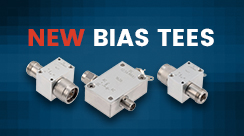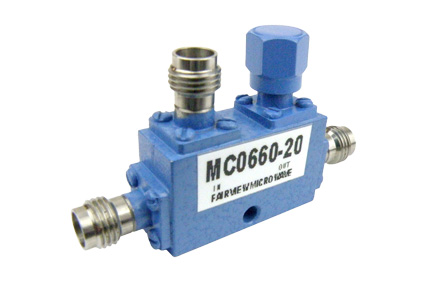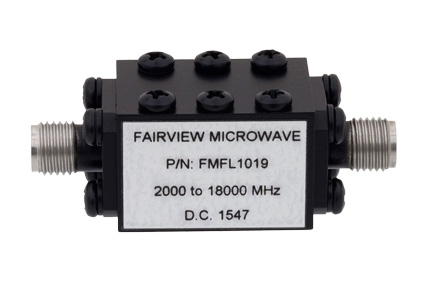What Are RF Isolators?

In RF systems, there is often the need to provide or enhance the isolation between different signal paths. A key component used for this purpose are RF Isolators. Isolation is the degree in which two or more RF paths are coupled. Given the nature of electromagnetics and RF coupling, any and all conductive pathways are coupled to some degree. In some cases, this isn’t an issue, as the frequency ranges or filtering components can handle undesirable signal content or interference. There are many cases, especially in precision communications and sensing applications, it is critical to have high levels of isolation between specific signal paths.
Isolation is generally measured as the difference in power level between an injected signal and the leaked signal that is coupled into another port on a different signal path. The figure-of-merit, Isolation, is most often expressed in decibels (dB), so a higher negative value means that there is less coupling, or more isolation if the value is expressed in positive polarity. In many cases, the isolation between a switch when closed is on the order of -20 dB to -65 dB, with -65 dB being exceptional Isolation.
The role of an RF Isolator, such as a RF Coaxial Isolator based on a RF Circulator, is to only allow for signal energy traveling in one direction to pass through the Isolator with minimal insertion loss. For signals traveling in the other direction, the signal energy is terminated in a matched load, or terminator, and absorbed. This function prevents the injection of signal energy traveling in any other direction than the desired signal path direction from entering through a node in the signal path.
A prime example of the use of an RF Isolator is to place the Isolator at the output of a device or node that may experience damage or desensitization to substantial reflections of the signal energy. This can be the case in a radar or communications system where the transit and receive paths are switched to the antenna. When switching off from the transmitter there may still be some high power transmit signal energy at the input of the switch may be reflected back to the transmitter power amplifier (PA) and signal chain. Having a RF Isolator at the output of the PA prevents a significant portion of the reflected signal energy from entering the PA output node.



